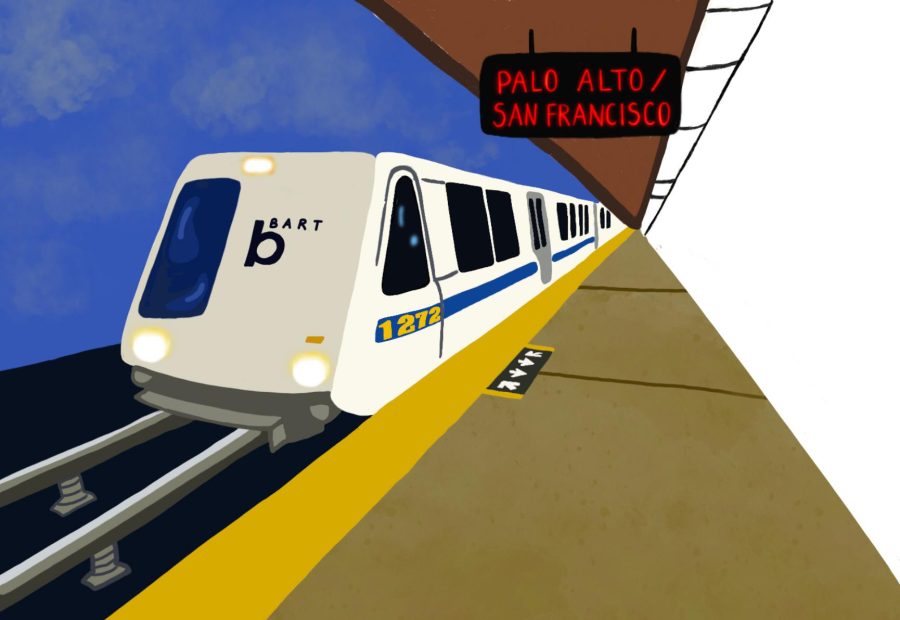In an effort to keep the walled garden we call Palo Alto a nice neighborhood of single-family homes, our city has become a primary contributor to a massive socioeconomic crisis unfolding in Silicon Valley.
For years, Palo Alto’s promises to increase affordable housing units such as apartments and condos have rung hollow.
While Silicon Valley’s employment has boomed, it has outpaced the number of homes available, leaving a limited number of houses with sky-high price tags averaging well over $1 million- an average that burdens over 90% of residents here.
That means a tiny fraction of the Bay Area makes enough to afford a home. In fact, in 2013, the top 1% of households in San Francisco earned $3.6 million on average, 44 times the average income of the bottom 99%.
As two vastly different working groups compete to buy a limited number of houses in the same area, lower-income earners are ultimately forced to play a game they are destined to lose.
Ceramics and glass sculpture teacher Steve Ferrera said he lives in Berkeley and has to commute around three hours or more each day to get to school.
Unfortunately, Ferrera is not the exception, but the rule. He is emblematic of the massive divide between those who profited from the Silicon Valley boom — and everybody else.
To add insult to inconvenience, most of these displaced employees don’t have an easy way back into the city to continue working.
Long commutes into the Bay mean expenses add up quickly. For Ferrera, $100 of gas lasts him less than a week.
The Bay Area needs to increase affordable transportation to reconnect people back to the communities they belong in. Making Bay Area Rapid Transit free and building more stations is a key first step in redressing the inequality and impossible cost of living in the Bay Area.
Right now, the public transit system is failing commuters. A lack of BART stations connecting major cities such as Berkeley, Redwood City, and Mountain View cuts off any possibility of a seamless or efficient commute.
“I tried it one year,” Ferrera said. “But where I live, I have to drive to BART, and then BART takes me to the train, and then the train drops me off there.”
That’s why a 2017 report found that 75% of Bay Area commuters drive to work, and only 28% of new office developments are accessible by regional transit.
While increasing the physical accessibility of public transit is crucial, improving its financial accessibility is what makes it most appealing to workers.
As gas prices hit record highs and traffic density rises back to pre-pandemic levels, the amount of money and time spent commuting to a job from an affordable home has begun to nullify the purpose of living in an inexpensive neighborhood.
Current BART fare prices only exacerbate this trend, as a one-way trip from Berkeley to Palo Alto can cost up to $20. In just one month, relying on BART services to get to work would cost a teacher like Mr. Ferrera a whopping $840— more than double the amount he is currently spending.
Slashing fare prices low enough to outcompete the costs of personal transportation would re-establish the primary benefit of residing outside of Silicon Valley’s bubble: reasonable living expenses.
For a progressive, affluent city like Palo Alto that prides itself in its innovation and scholarship, it is unacceptable to continue to turn a blind eye to the socioeconomic barriers that face the figures who serve our community: our teachers, our firefighters, our service workers— our people.


